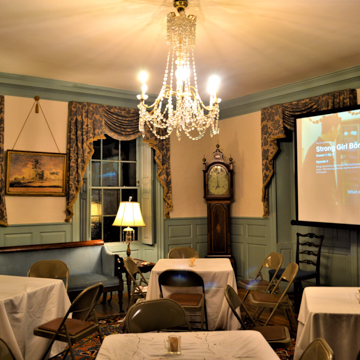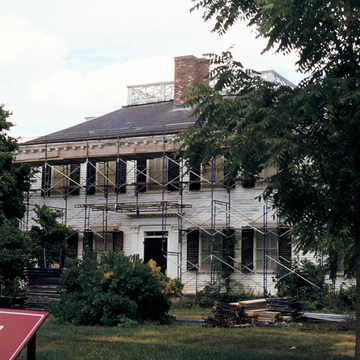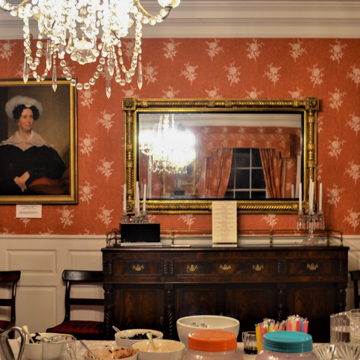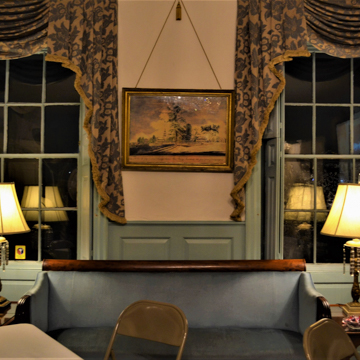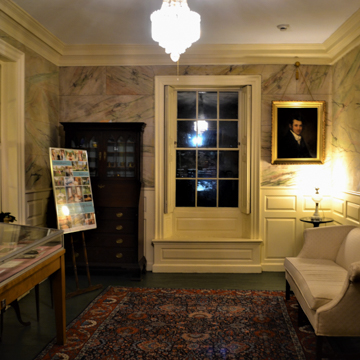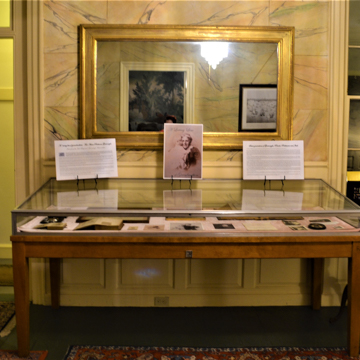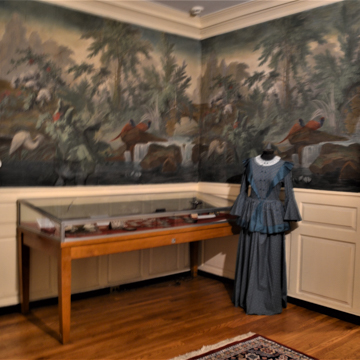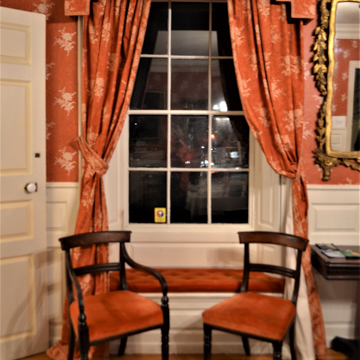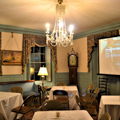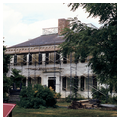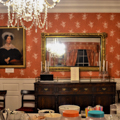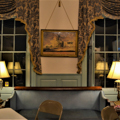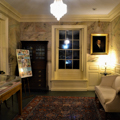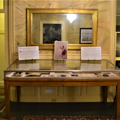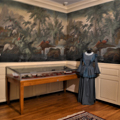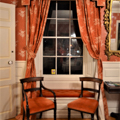Joshua Loring, a commodore in the Royal Navy, served in the French and Indian wars prior to constructing this clapboard house in 1760. A loyalist during the Revolution, Loring was compelled to abandon the property in 1774. Acquired by David Greenough in 1784, the house remained in that family until 1924. The only major change took place in 1811, when the two-story kitchen wing and attached carriage barn were added. The original main block of the house has a hipped roof with a Chippendale-derived balustrade. On the south facade, an entrance portico with Tuscan columns supports a full entablature. The interior of the house, which is a museum and open to the public, has in the principal rooms original ornamental woodwork characteristic of the pre-Revolutionary era.
You are here
Loring-Greenough House
If SAH Archipedia has been useful to you, please consider supporting it.
SAH Archipedia tells the story of the United States through its buildings, landscapes, and cities. This freely available resource empowers the public with authoritative knowledge that deepens their understanding and appreciation of the built environment. But the Society of Architectural Historians, which created SAH Archipedia with University of Virginia Press, needs your support to maintain the high-caliber research, writing, photography, cartography, editing, design, and programming that make SAH Archipedia a trusted online resource available to all who value the history of place, heritage tourism, and learning.


